The digital transformation of production operations is continuing at pace and while there is still much more potential to be realised, the focus is now firmly on digital tools making a practical contribution.
Speaking with AMS, Ryan Treece, an expert on digitalisation and member of the International Society of Automation (ISA), notes that the focus today is less about the hype and more about measurable returns.
“There was a rush during COVID – everyone wanted everything in the cloud,” Treece recalls. “But now I’m seeing people move toward the edge [computing] for cost control and targeting very specific parts of the process.”
Effective use of real-time data
Digital twins sit at the centre of this transformation and enable manufacturers to simulate and optimise processes without interrupting production and this technology continues to develop both in sophistication and application.
“They’re done with science projects. They want software that’s ready, tested, and gets results” – Ryan Treece, ISA
Treece highlights how digital twins are being used for real-time quality control and predictive modelling. One example he shares involves an engine block manufacturer:
“They were machining engine blocks early in the process, and small variations – temperature shifts, third-shift parameter changes, etc. – wouldn’t be caught until final assembly. By then, they’d already produced 200 flawed units,” he explains. “Now, with a digital twin, they’re catching those issues in real-time, reducing scrap and avoiding costly downtime.”
And Treece highlights that this is more than just efficiency, it’s a direct line to ROI. Automotive assembly lines are notoriously expensive to halt. “If you’re rolling a $70,000 truck off the line every eight minutes, 15 minutes of downtime can cost tens of thousands of dollars.”

Ryan Treece
Treece brings 15 years of experience in industrial automation and manufacturing to his role as the Chair of the Cloud & Edge Technical Committee for ISA’s Smart Manufacturing & IIoT Division.
With an extensive background in machine vision, Industrial IoT Software, and sensor technologies, Ryan has been instrumental in driving technological innovation at industry-leading companies like Telit Cinterion, Keyence, Cognex, and Banner Engineering.
His expertise is centred on leveraging the latest technologies to create unique solutions addressing complex challenges in the manufacturing sector.
Shift toward proven software solutions
The growing pragmatism within the industry is shifting focus away from experimental technologies toward proven, integrated solutions. Treece notes that manufacturers are no longer interested in flashy AI startups without concrete outcomes.
“They’re done with science projects,” he says. “They want software that’s ready, tested, and gets results.”
In particular, low-code and no-code platforms are making digital twin implementation far more accessible. These tools democratise access to digital tools, empowering roles outside of IT – like process engineers and quality teams – to action changes. Treece notes that this rise of low-code and no-code environments is changing who can build and deploy digital tools. Historically, launching a digital twin required skilled developers and heavy support from controls engineers. Treece points out that there now several platforms available that make it easier for operational teams to do it themselves.
“Now you’re taking someone who’s maybe in a tech-savvy business operations role, where before they’d have to wait on the system integrator, and giving them drag-and-drop tools,” says Treece. “They can scan a network, input an IP address, and start pulling data registers themselves.”
“You still see that ‘run it into the ground’ mentality. Predictive tools work, but only if leadership gives the teams the time and permission to act on the insights” – Ryan Treece, ISA
This shift is critical in large automotive plants with complex legacy systems. For instance, Treece recounts a case where a Tier 1 supplier experienced adhesive failures due to temperature and humidity shifts. Instead of launching a months-long IT project, they installed a simple sensor, and adjusted schedules based on weather APIs, an approach that would’ve been impossible without flexible, user-friendly tools.
Join the conversation shaping automation’s next chapter
Discover how leading OEMs and suppliers are implementing advanced robotics, AI and automation systems across North American manufacturing at Automotive Manufacturing North America, 22-23 October in Nashville.
Learn from experts driving smarter, safer and more agile production – and see the technologies transforming the factory floor.
Register now to secure your place at Automotive Manufacturing North America
Predictive maintenance: A clear win
One of the most widely adopted applications of digital twins in automotive manufacturing is predictive maintenance and the ROI on this is especially clear notes Treece. Downtime is minimised, parts are repaired or replaced before failure, and production flow is preserved. But Treece stresses that this only works with leadership buy-in.
“You still see that ‘run it into the ground’ mentality. Predictive tools work, but only if leadership gives the teams the time and permission to act on the insights,” he explains.
Treece likens predictive alerts to a check engine light in a car, helpful, but still requiring expert interpretation. “You don’t ignore the light, you take it in, run diagnostics, and make an informed decision. That’s where we are with predictive maintenance.”
Read more on the digital transformation of automototive manufacturing:
Digital twins and AI: A functional partnership
While digital twins replicate the factory floor, AI helps interpret what’s happening – and what will happen next. This partnership is especially valuable in areas like the above-mentioned predictive maintenance, process optimisation, and adaptive scheduling.
Traditionally, troubleshooting a production issue involved waiting for a failure, then calling in experts to diagnose it. With AI and digital twins working together, anomalies can be flagged early, tested virtually, and resolved before impacting output. In these cases, Treece points out that most successful applications don’t rely on feeding massive amounts of raw data to AI systems. Instead, smart manufacturers identify high-value data points by speaking directly to frontline staff.
“Companies that are doing it right are going to their teams – maintenance, controls, engineering – and asking: What are the failure points? What actually matters on this machine?” Treece explains. “From there, they feed AI specific, useful signals instead of trying to analyse noise.”
This approach helps reduce costs by avoiding unnecessary cloud storage and improves the accuracy of AI-generated insights.
“There’s a lot more cross-functional collaboration now. People are realising they need integration across IT and OT to really make digital twins work” – Ryan Treece, ISA
Cross-functional integration and simultaneous engineering
Another important evolution is the way digital twins are supporting simultaneous engineering and closer integration between vehicle makers and suppliers. Traditionally, there were silos between design, manufacturing, and supply chain. Now, those walls are coming down.
“You used to have the design department make a CAD model, then find out it wasn’t manufacturable. Now, those limitations are modelled into the system in real-time,” Treece says. “That saves time and avoids a lot of back-and-forth.”
Treece also notes a broader cultural shift. OEMs are reorganising teams, placing IT professionals in operations roles and vice versa to improve communication and break down the old “department of no” mindset.
“There’s a lot more cross-functional collaboration now,” Treece says. “People are realising they need integration across IT and OT to really make digital twins work.”
AI as a lens, not a crystal ball
Treece believes the biggest strength of AI in the digital twin ecosystem isn’t prediction – it’s perspective. It allows teams to look at operational data from new angles, spot correlations, and uncover root causes that may not be obvious through traditional analysis.
“You don’t need every PLC bit,” he says. “Sometimes one sensor gives you a clearer picture than the whole ladder logic.”
This level of focus is critical as plants try to cut through the data clutter and move toward actionable insight.
“Traditional VPNs are like castle walls; you get in and move freely. But ZTA is different. You don’t see any doors unless you’re authorised, and even then, every door checks your ID” – Ryan Treece, ISA
Smarter IT strategies and open ecosystems
For digital twins to succeed, integration is essential. That’s been a hurdle in the past, with automotive firms stuck with proprietary or siloed systems that couldn’t share data. But that’s changing.
“You’re seeing PLC manufacturers now ship with Message Queuing Telemetry Transport (MQTT) and Open Platform Communications Unified Architecture (OPC UA) capabilities right out of the box,” Treece notes. “There’s more pressure to make things open.”
What to know before you launch a digital twin
Treece offers some simple steps to improve digital twin outcomes:
- Define the problem clearly: Know what issue you’re solving – scrap, downtime, quality, etc.
- Talk to your teams: Maintenance and engineering staff often know the root cause of problems better than anyone.
- Start small: Pick a high-impact area, like predictive maintenance on a critical motor or real-time scrap monitoring in machining.
- Use available tools: Low-code platforms and existing sensors can get you 80% there without heavy investment.
- Leverage the community: Learn from others who’ve already done it – through trade shows, technical organisations, and reference architectures.
Treece emphasises a practical, step-by-step approach:
“Create your own sandbox. Find the tech-savvy person on the floor who wants to tinker and give them permission to experiment. That’s where a lot of innovation starts.”
Securing the smart factory
Digital twins increase connectivity, and with it, the attack surface for cyber threats. That’s why security is now baked into every smart solution conversation. Treece points to zero trust architecture (ZTA) as a game-changer for the industry. This is a security approach that assumes no user or device can be trusted by default, even if they are within the network perimeter. Instead of relying on traditional perimeter-based security, ZTA emphasises continuous verification and access control for every request, regardless of where the request originates.
“Traditional VPNs are like castle walls; you get in and move freely. But ZTA is different. You don’t see any doors unless you’re authorised, and even then, every door checks your ID,” Treece says.
The implications are significant in automotive, where one wrong IP address can take a production line offline. ZTA enables fine-grained permissions by user, device, and time window, ensuring vendors or technicians only access what they need, when they need it.
The smart factory is a shared effort
As the automotive sector races toward smarter, more agile manufacturing, digital twins powered by AI are becoming indispensable tools. But as Treece emphasises, they’re not silver bullets. They work best when grounded in specific problems, championed by cross-functional teams, and supported by intentional data strategies.




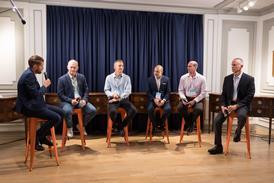






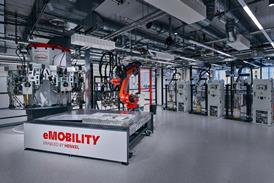



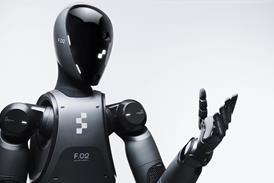
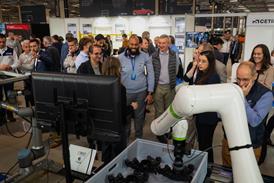

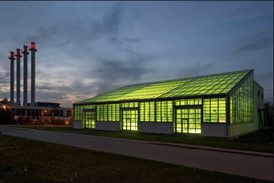
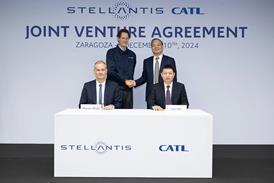
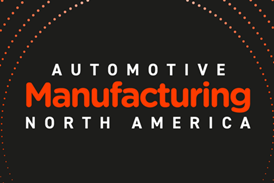
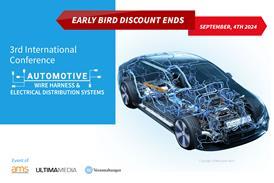
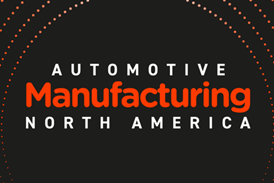


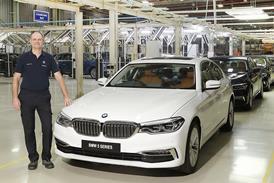
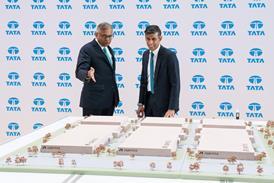

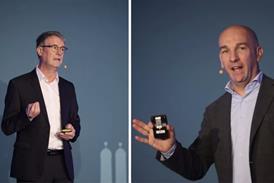
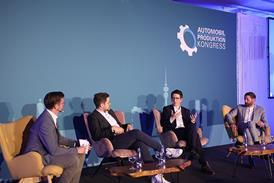


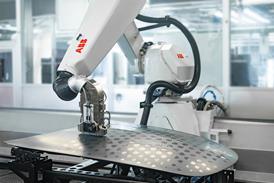
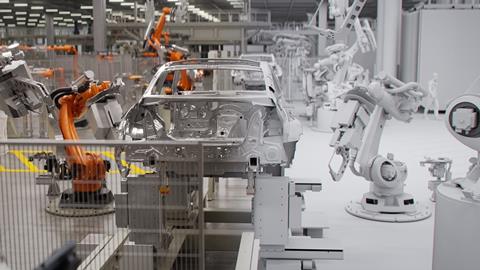
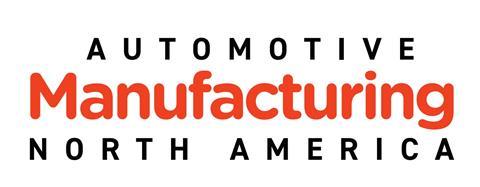
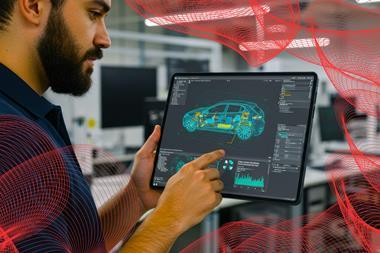








No comments yet